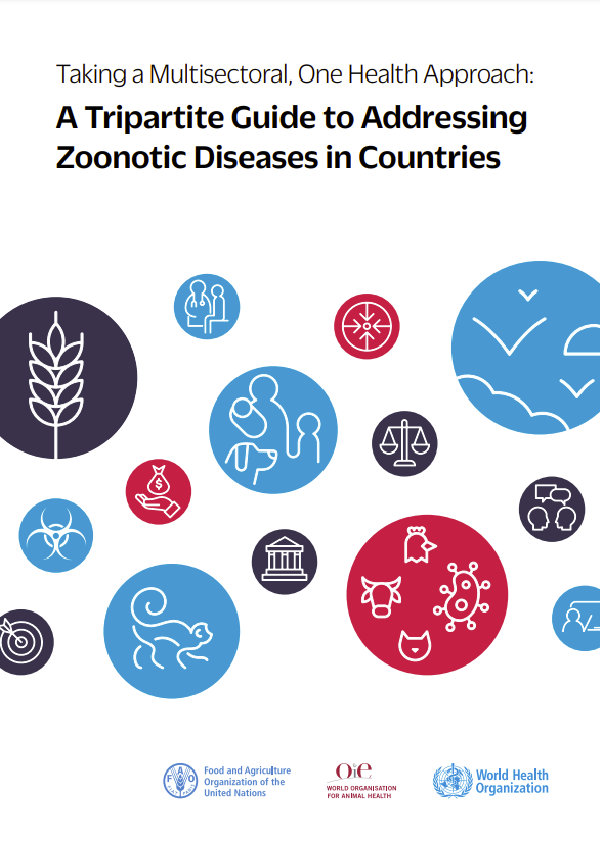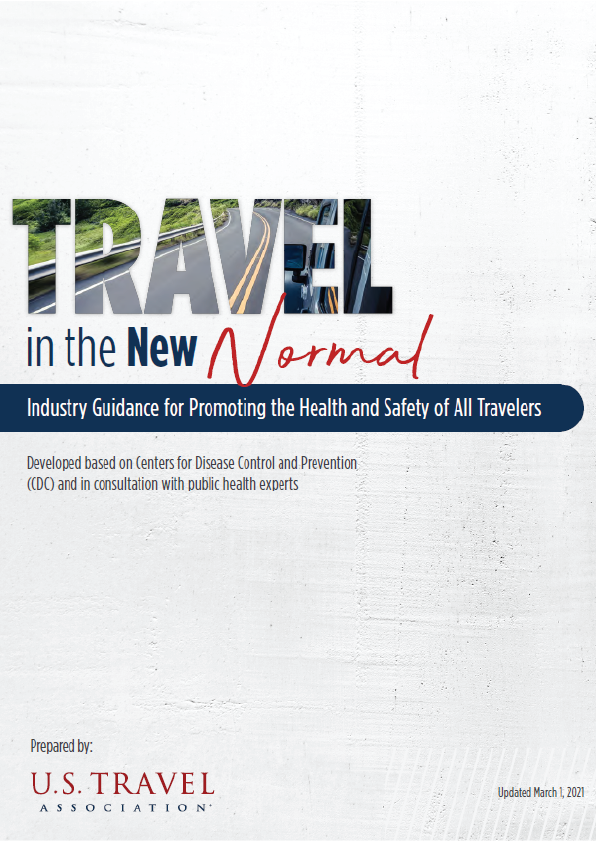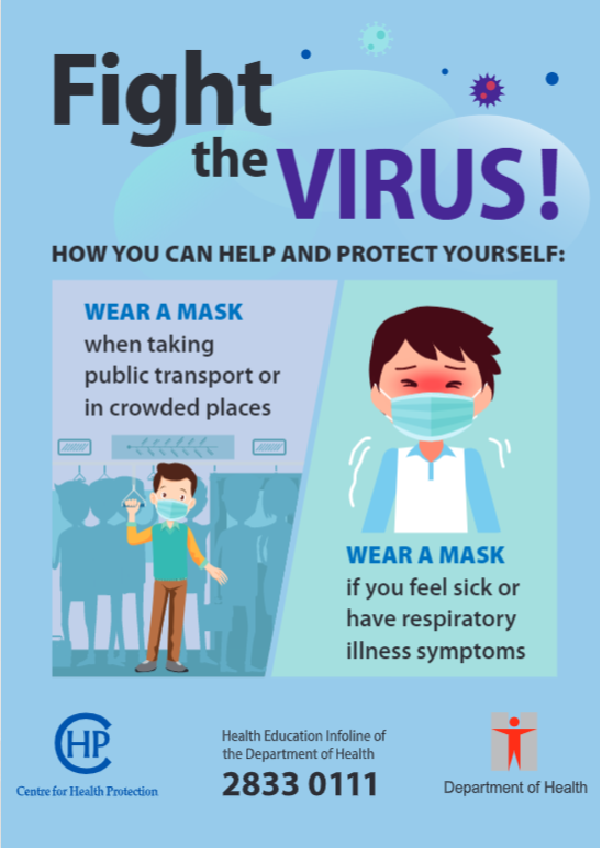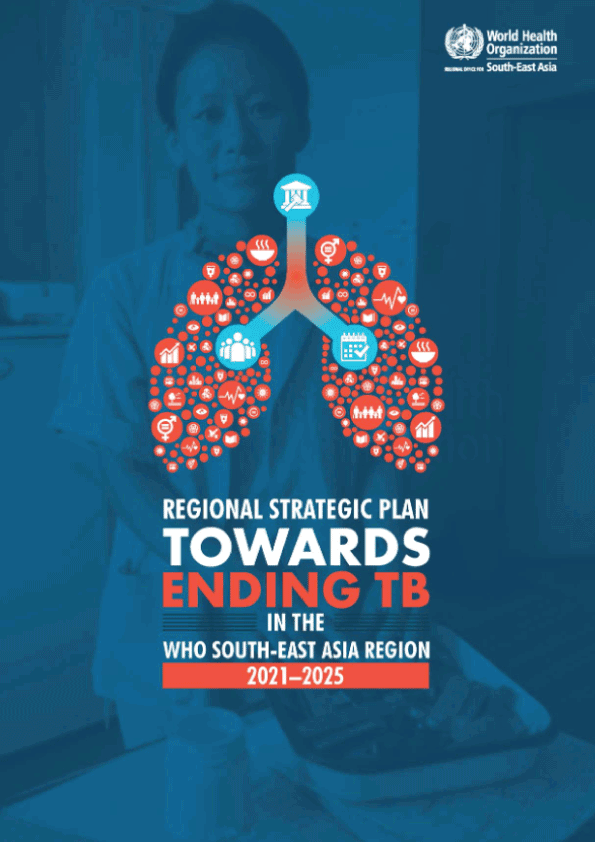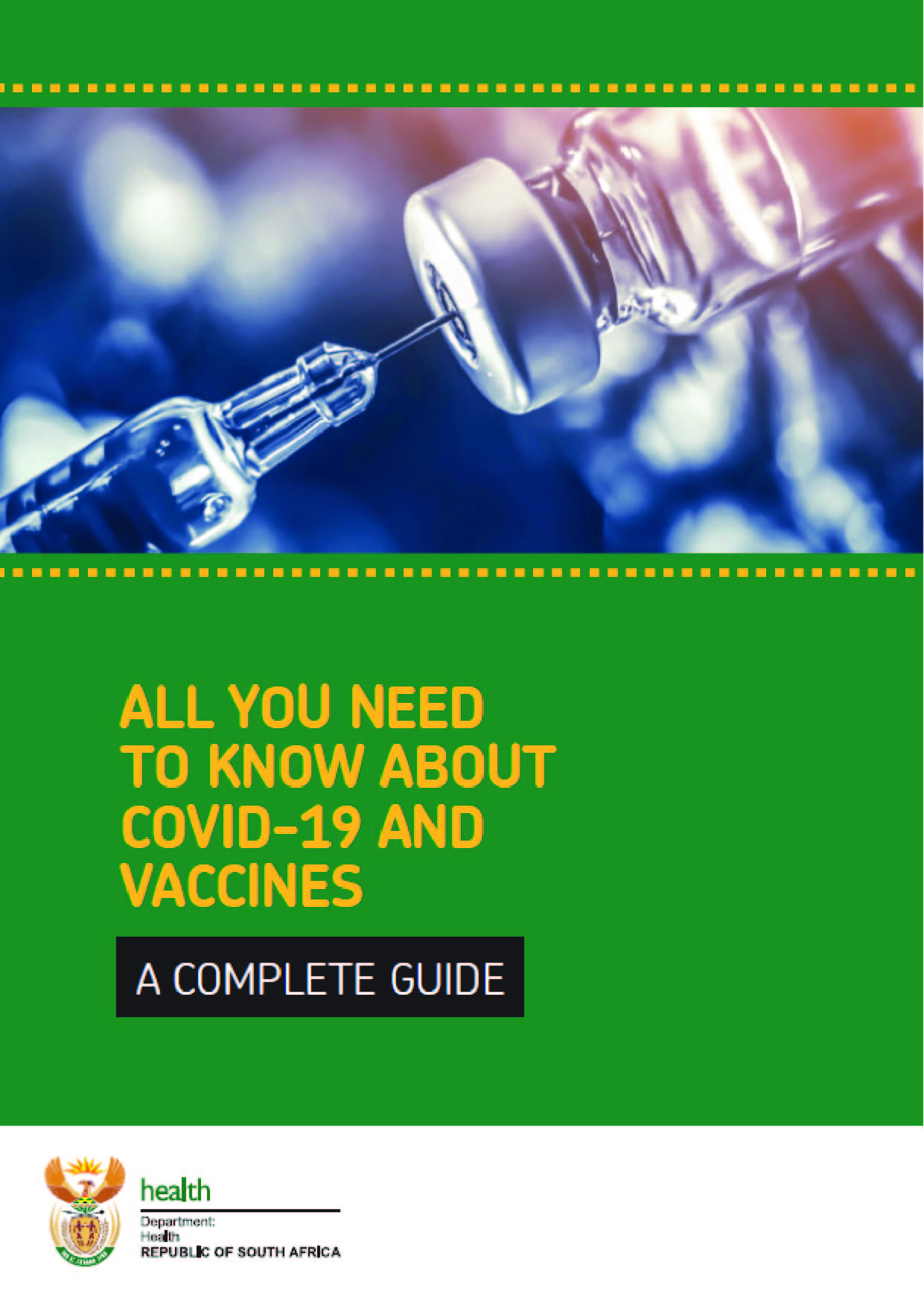Every day we hear about health challenges at the human-animal-environment interface. Zoonotic diseases such as avian influenza, rabies, Ebola, and Rift Valley fever, as well as food-borne diseases and antimicrobial resistance, continue to have major impacts on health, livelihoods, and economies.
Many countries recognize the benefits of taking a One Health approach that is multisectoral and multidisciplinary to build national mechanisms for coordination, communication, and collaboration to address health threats at the human-animal-environment interface. A One Health approach is also important for national and global health security, in implementing the World Health Organization (WHO) International Health Regulations (2005) and the international standards in animal health, veterinary public health, zoonotic diseases, and animal welfare developed by the World Organisation for Animal Health (OIE), and to contribute to many of the Sustainable Development Goals and the 2030 Agenda.
The tripartite collaboration between the Food and Agriculture Organization of the United Nations (FAO), OIE, and WHO reflects a longstanding and successful partnership in taking a One Health approach to address the challenges to public health, animal health (both domestic and wildlife), and the environment facing the world today. In fact, the Tripartite advocates for effective multisectoral, multidisciplinary, and transnational collaboration at the local, national, regional, and global levels.
A multidisciplinary and multisectoral collaboration, through a One Health approach, is required to effectively prepare for, detect, assess, and respond to emerging and endemic zoonotic diseases. However, external and internal health system evaluations continue to identify major gaps in capacity to implement multisectoral and multidisciplinary collaboration within and between many countries, and countries are asking for support from the Tripartite to fill these gaps. This guide is the response to those requests.
To date, only one jointly-developed, zoonotic diseases-specific guidance document exists: the 2008 Tripartite “Zoonotic Diseases: A Guide to Establishing Collaboration between Animal and Human Health Sectors at the Country Level”. This guide has been used in WHO South-East Asia Region (SEARO) and Western Pacific Region (WPRO) countries when implementing One Health, multisectoral activities under the Asia Pacific Strategy for Emerging Diseases (APSED). A decade later, the Tripartite has updated and expanded the 2008 Guide to cover prevention, preparedness, detection, and response to zoonotic threats at the animal-human-environment interface in all countries and regions, and to include examples of best practices and options based on the experiences of countries. Although focused on zoonotic diseases, the 2019 Guide is flexible enough to cover other health threats at the human-animal-environment interface (e.g., antimicrobial resistance and food safety).
For additional support to countries implementing the 2019 Guide, the Tripartite will develop Operational Tools to support the implementation of each of the technical subject areas within this guide, such as best practices in interagency cooperative action, data collection, and reporting templates, and model standard operating procedures.
In implementing a multisectoral, One Health approach, the Tripartite recognizes that we do not yet always know the best way to build structures and systems to address zoonotic diseases in every situation, given the wide scope of countries and contexts. In order to make these structures and systems, which may have evolved over time in response to needs and events (including crises), more sustainable and effective, we invite the users of this guide to implement activities in a manner that fits their needs, the national context, and the requirements interested or affected parties from all relevant sectors.
We are grateful to the many experts from throughout the world, and our dedicated donors and other partners who have come together in the spirit of One Health to contribute their time and energy to this guide. In essence, this guide is not only about the implementation of a One Health approach but reflects the collective global commitment to using this multisectoral, multidisciplinary approach to address zoonotic diseases and related health threats.
We hope you find this guide useful and practical and look forward to additional discussions on how it can be improved and strengthened in the future.
